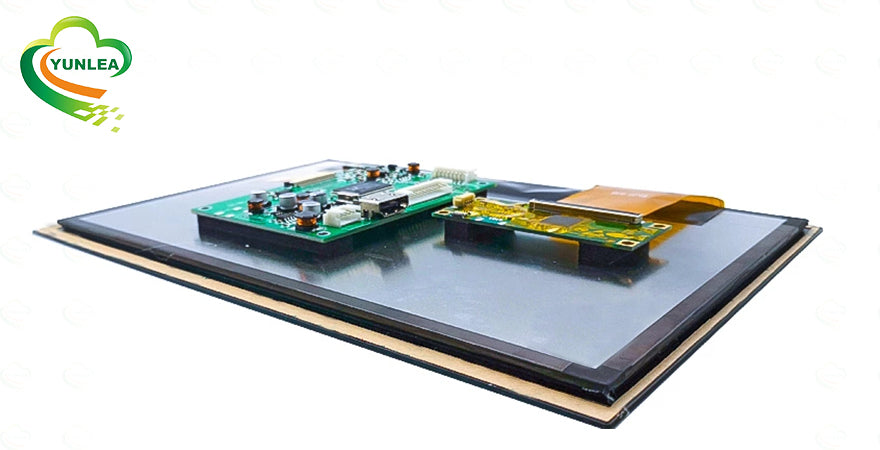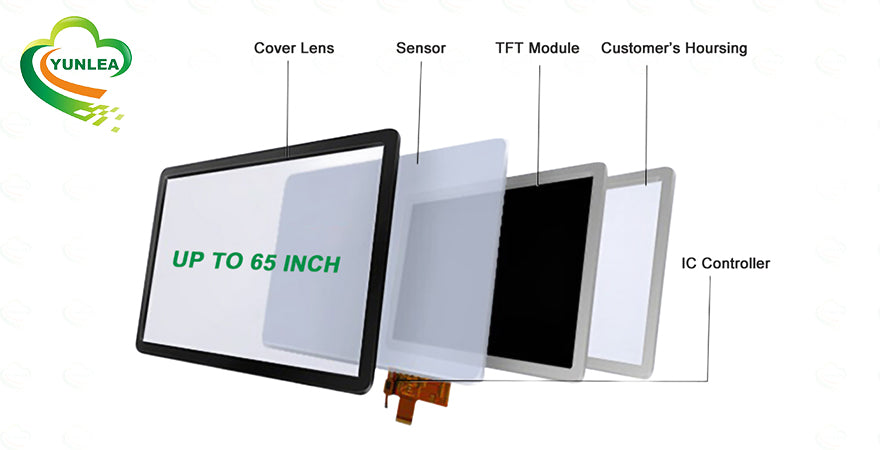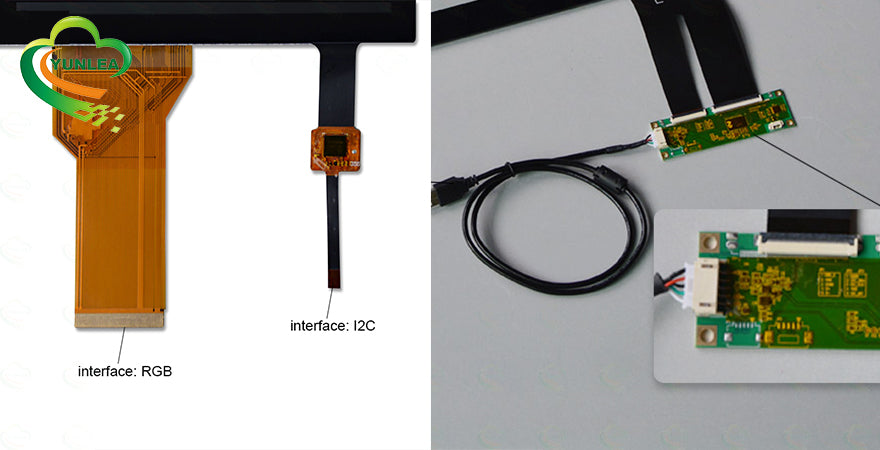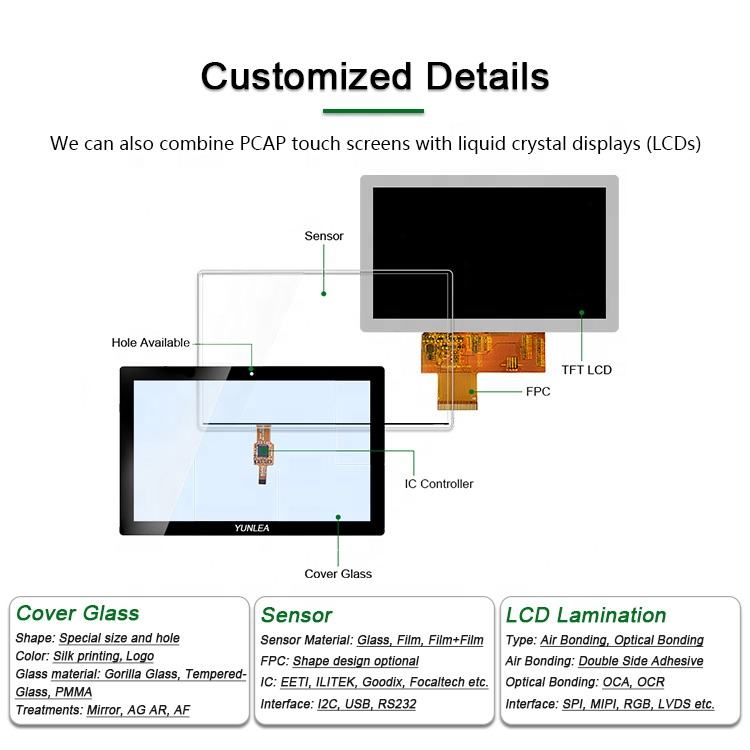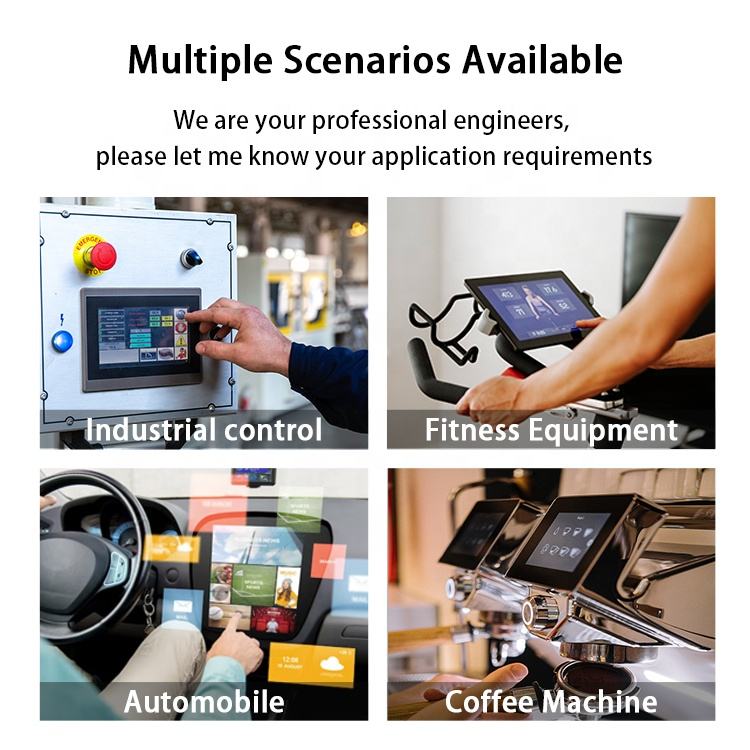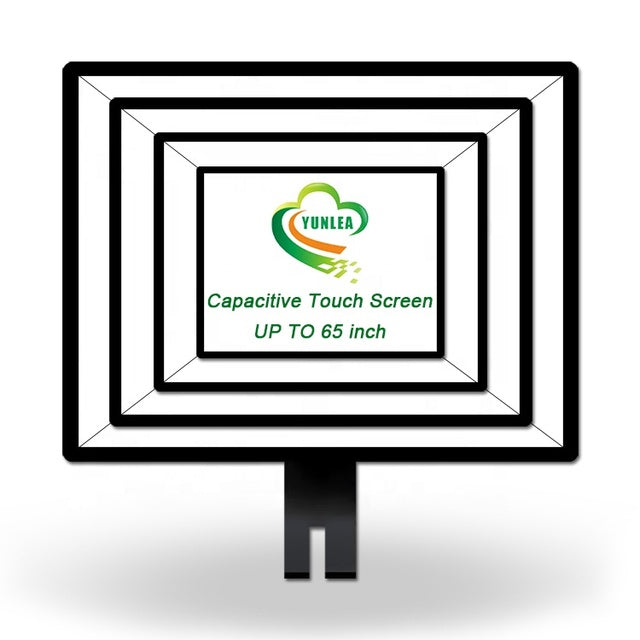Enhancing LCD Modules with Additional Components
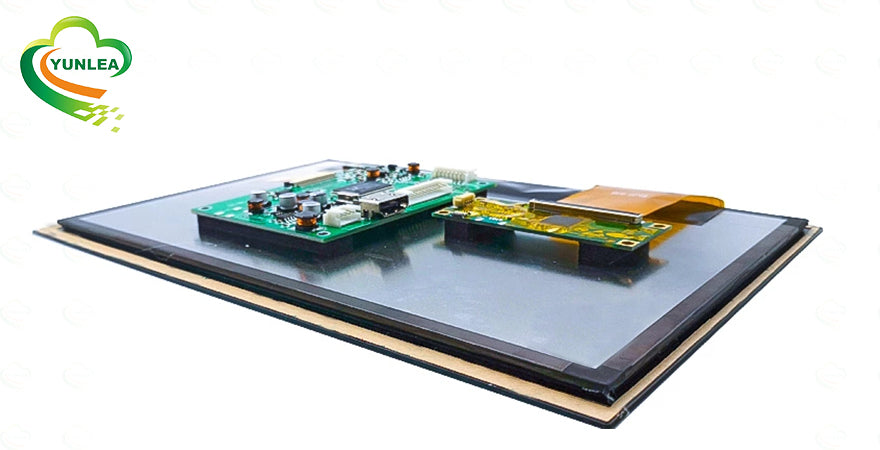
In the world of LCD modules, there's a realm of possibilities when it comes to enhancing functionality with additional components. Let's delve into how combining various interfaces can streamline connections and make assembly a breeze.
Combining Interfaces for Efficiency:
Consider an LCD module with touch functionality. By integrating multiple interfaces like LCD and CTP, we can save space on connectors, a nifty solution for users with compact motherboards. However, it's crucial to avoid sharing the same VDD for LCD and CTP to prevent power interference, a challenge we're actively tackling. Alternatively, consolidating backlight, LCD, RTP, and CTP signals onto a TCON PCB is also an option for integration.
Extra Features for LCD Modules:
Signal Conversion:
Ever found yourself needing a 4.3-inch 480*272 screen with an RGB interface while your motherboard only supports MCU? Not to fret! Disea offers signal conversion solutions, seamlessly translating RGB to MCU interfaces. Similar conversions are available for screens of varying sizes, ensuring compatibility with your motherboard setup. Note that for enhanced stability, conversion circuits are typically integrated into the PCB, which may affect product thickness and necessitate prior assessment of mechanical dimensions.
Auxiliary Components for LCD Modules:
Positioning Pillars:
For products subject to shock and vibration requirements or those struggling with secure display fixation, beyond adhesive solutions, screw-hole fixation offers a robust alternative.
In products featuring printed circuit boards (PCBs), enlarging the PCB's dimensions around the LCD's perimeter and incorporating through-holes facilitates screw accommodation. Installing the LCD merely involves securely fastening it into place.
Additionally, deriving positioning holes from the backlight's plastic casing and iron frame simplifies screw fixation.
Conclusion:
Enhancing LCD modules with additional components not only augments functionality but also addresses practical challenges encountered in diverse applications. Whether it's optimizing interfaces or bolstering physical stability, these solutions pave the way for seamless integration and enhanced user experience.


